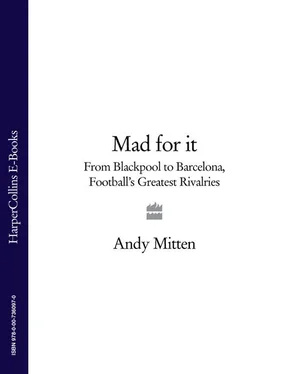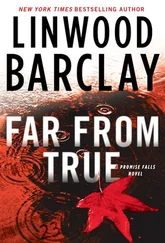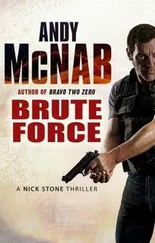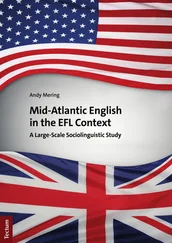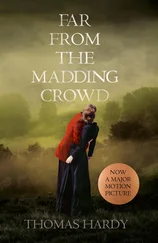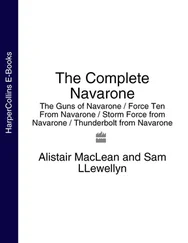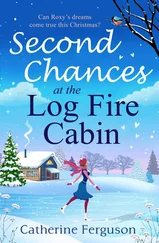It is commonly agreed that there is rising tension between fans of Liverpool and Manchester United. At Old Trafford last October, both clubs sought to defuse the increasingly fraught atmosphere. During an FA Cup game at Anfield in February 2006, a Liverpool fan had hurled a cup of excrement into the 6,000 United fans on the lower tier of the Anfield Road, hitting one on the head. After the game, Liverpool fans rocked the ambulance carrying injured United striker Alan Smith to hospital – though Smith later received hundreds of cards from well-wishing Liverpool supporters, keen to stress that this was something which made them ashamed.
At Old Trafford, past greats like Bobby Charlton, Ian Callaghan, Denis Law, and Roger Hunt were paraded on the pitch before the game and a penalty competition was held between rival fans. It didn’t work. Not that anyone was too surprised given the levels of animosity. Liverpool fans approaching Manchester that day had been greeted with freshly-painted ‘Hillsborough ’89’ graffiti on a bridge over the M602 in the gritty United heartland of Salford. Closer to the stadium, another sprayed message bore the legend: ‘Welcome to Old Trafford, you murdering Scouse bastards.’
The teams were led out by Gary Neville, punished for the heinous crime of celebrating a goal in front of Liverpool fans the previous season, and Steven Gerrard. Both understand the United v Liverpool rivalry acutely given their lifelong affinity with the clubs they captain. Both would rather stick pins in their eyes than join the enemy. Both were subject to dog’s abuse in the songs which rang round the stadium, which also rehearsed some enduring stereotypes and prejudices about the two clubs and the inhabitants of their cities.
United fans: ‘Gary Neville is a red, he hates Scousers.’
Liverpool: ‘USA! USA!’
United: ‘Michael Shields gets bummed by queers.’ (Referencing Liverpool fan Shields, who was jailed in Bulgaria for an attack on a waiter before Liverpool’s 2005 European Cup victory, a charge which he denies.)
Liverpool: ‘Walk on, walk on, with hope in your heart, you’ll never walk alone.’
United: ‘Sign on, sign on, with hope in your heart, you’ll never get a job.’
Liverpool: ‘We won it five times in Istanbul, we won it five times.’ (Liverpool fans hold up placards bearing the number five.)
United: ‘Steve Gerrard, Gerrard, he kisses the badge on his chest…then puts in a transfer request, Steve Gerrard, Gerrard.’
Liverpool: ‘All around the fields of Anfield Road, where once we saw the king Kenny play – and could he play. Stevie Heighway on the wing, we have tales and songs to sing, now its glory around the fields of Anfield Road.’
United: ‘Murderers, murderers.’
Liverpool: ‘Shit on the Cockneys, shit on the Cockneys tonight.’ (A surprising reference to United’s perceived out of town support – United are usually loathed by Scousers precisely because they are Mancunian).
United: ‘If you all hate Scousers clap your hands.’ (More people join in this than any other chant.)
Liverpool: ‘We all hate Mancs and Mancs and Mancs.’
United: ‘Park, Park wherever you may be, you eat dog in your own country. But it could be worse, you could be Scouse, eating rat in your council house. ’
Liverpool: ‘Once a blue, always a Manc.’ (For Wayne Rooney )
United: ‘Once a blue, always a Red.’ (For Rooney )
Liverpool: ‘You fat bastard.’ (To Rooney – a Scouser who has contributed financially to the ‘Free Michael Shields’ campaign).
United: ‘City of culture, you’re having a laugh.’
Liverpool: ‘Oh Manchester, is full of shit…’
United: ‘Does the social know you’re here?’
Like all the greatest rivalries, it’s the common ground that divides the most. Manchester United and Liverpool both hail from largely working-class, immigrant cities with huge Irish populations. Just thirty-five miles apart in England’s North West, both were economic powerhouses that enjoyed a friend/foe relationship by the 19th century. Liverpool considered itself the greatest port in the world, gateway to North America for millions, and a key trading post for the Empire. Manchester was ‘Cottonopolis’, the first city of the industrial revolution – hence the phrase ‘Manchester made and Liverpool trade’.
SIX CLASSIC GAMES
Liverpool 2 United 1
Milk Cup Final, 1983
An Alan Kennedy equaliser ten minutes from time cancelled out Norman Whiteside’s twelfth minute opener and extra-time followed. With 100 minutes played, Ronnie Whelan curled a shot around the United defence to score the winner and seal Liverpool’s third consecutive League Cup.
Civic co-operation in anticipation of greater wealth ensured that the world’s first passenger railway was opened between the cities in 1830, but by late 1878, the year Manchester United were formed as Newton Heath, a worldwide trade depression left Manchester grappling with economic stagnation and labour migration. Liverpool was blamed for charging excessively high rates for importing the raw cotton spun in Lancastrian mills and Manchester’s solution was to give the city direct access to the sea to export its manufactured goods, thus cutting out the middle man of Liverpool.
A canal big enough to carry ships was proposed, which infuriated Liverpudlians. They tried to ridicule the plans out of existence and Liverpool-based backlash against the ship canal ranged from music hall songs and pantomime references to reasoned economic argument. None of it prevented the Manchester Ship Canal being built and the city became Britain’s third busiest port, despite being forty miles inland. This is why the United crest has a ship on it. But this was only a temporary respite for Manchester.
With the end of the British colonies and the introduction of container ships, Liverpool’s port became less viable, while the disintegration of the textile industry hit Manchester and both cities suffered generations of economic decline and depopulation. Extreme deindustrialisation and suburbanisation was coupled with growing unemployment and poverty among the proletariat. The nadir was marked in 1981 by violent riots in Manchester’s Moss Side and Liverpool’s Toxteth districts.
Yet when it came to football and music, both cities punched well above their respective demographic weights, making them special to millions around the globe, but also reinforcing and extending the rivalry.
On the pitch, enmities were not clear cut. Manchester City were the bigger Mancunian club until World War Two, while Everton were often the pre-eminent Merseyside force. Indeed, the rivalry between United and Liverpool was respectful until the 1960s with some Manchester United players even going to watch Liverpool when United didn’t have a game.
‘We’d stand on the Kop,’ recalls Pat Crerand, a former hard-tackling United midfielder turned pundit. ‘The Scousers would have a word with us, but it was good humoured.’ Bill Shankly used to call Crerand at home every Sunday morning for a friendly football chat. Shankly and the United manager Matt Busby, who both hailed from Lanarkshire mining stock in Scotland, were also close and Busby had played for Liverpool.
‘I always had great respect for Liverpool Football Club and Bill Shankly,’ adds Crerand (though that didn’t stop him, in his early-’70s role as United’s assistant manager, from snaring Lou Macari in the Anfield main stand just as he was about to sign for Liverpool). ‘When I go to Anfield now, I speak to long-standing Liverpool fans who can’t put up with what the rivalry has become, with the hooliganism and the nastiness between the fans. Liverpool and Manchester are both working-class cities that have produced two of the greatest football clubs in the world. People should be proud of that, but they’re not.’
Читать дальше
